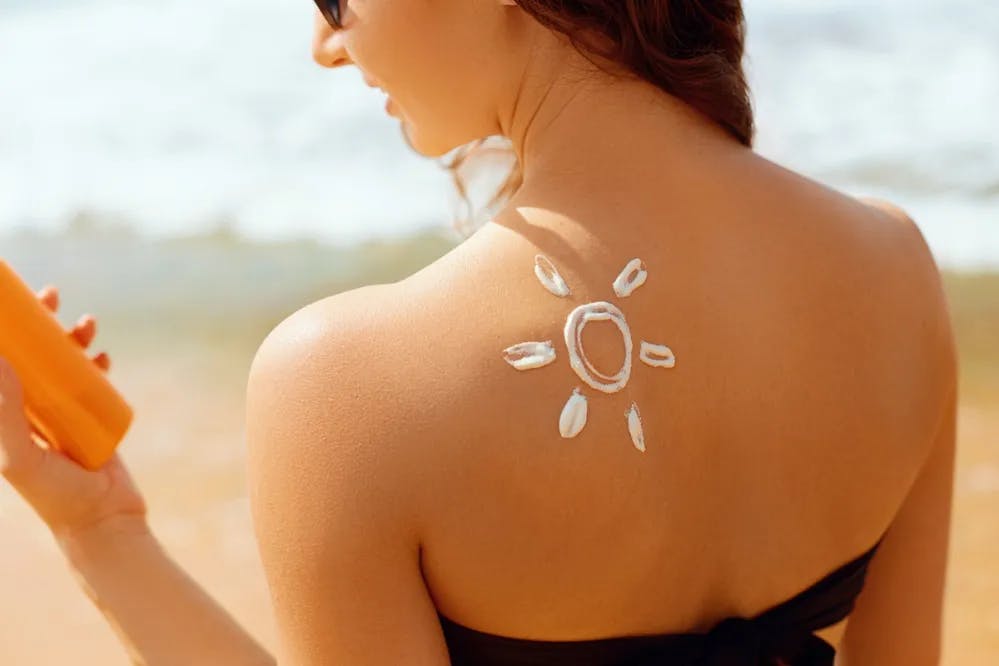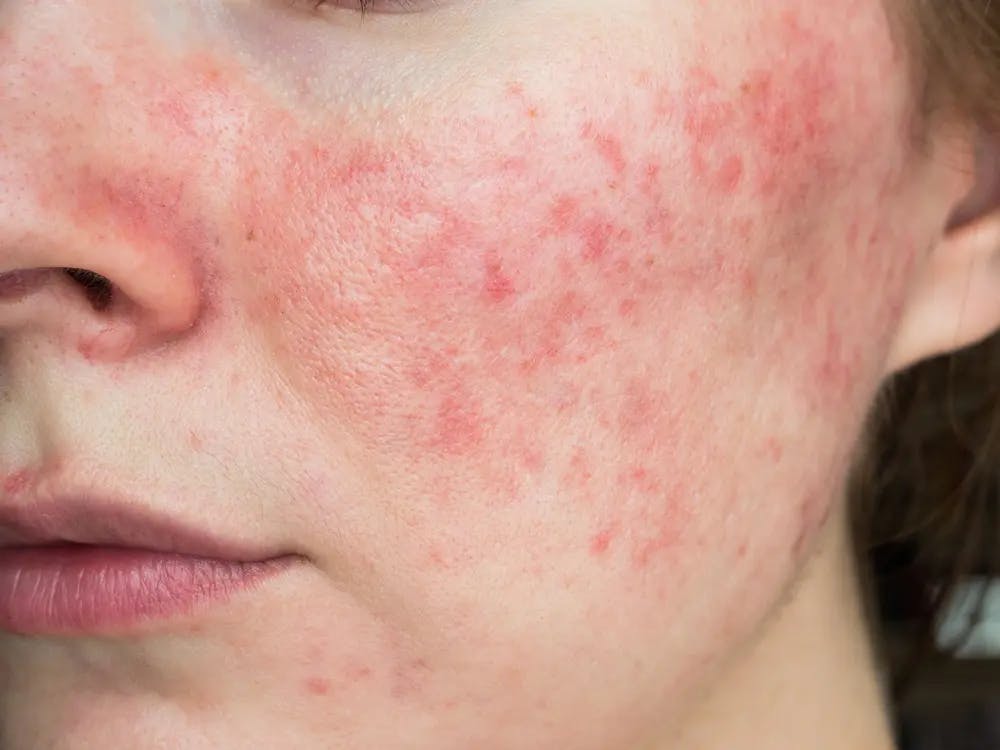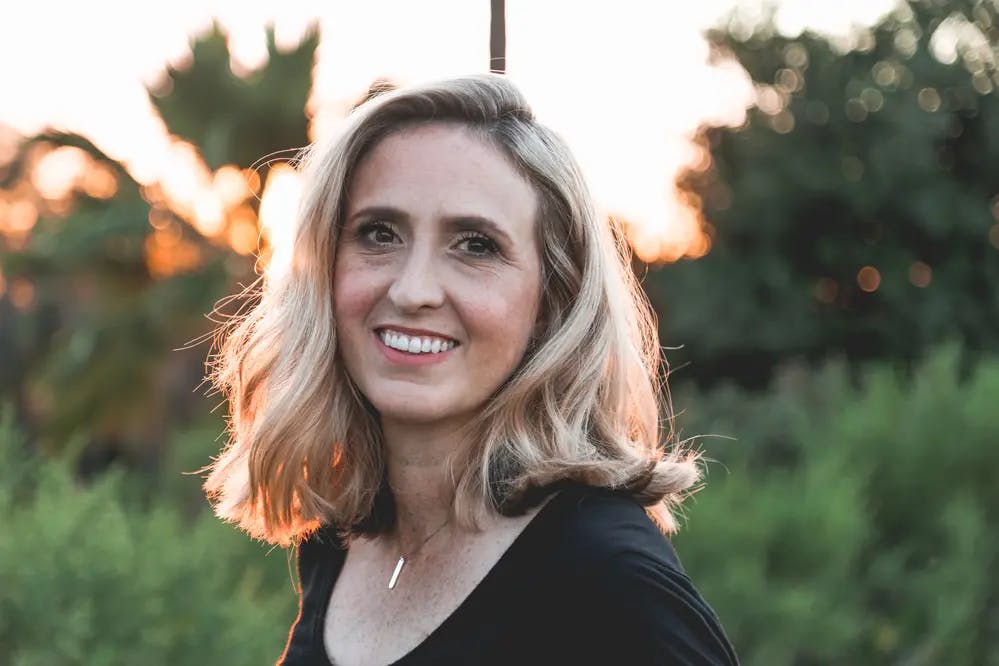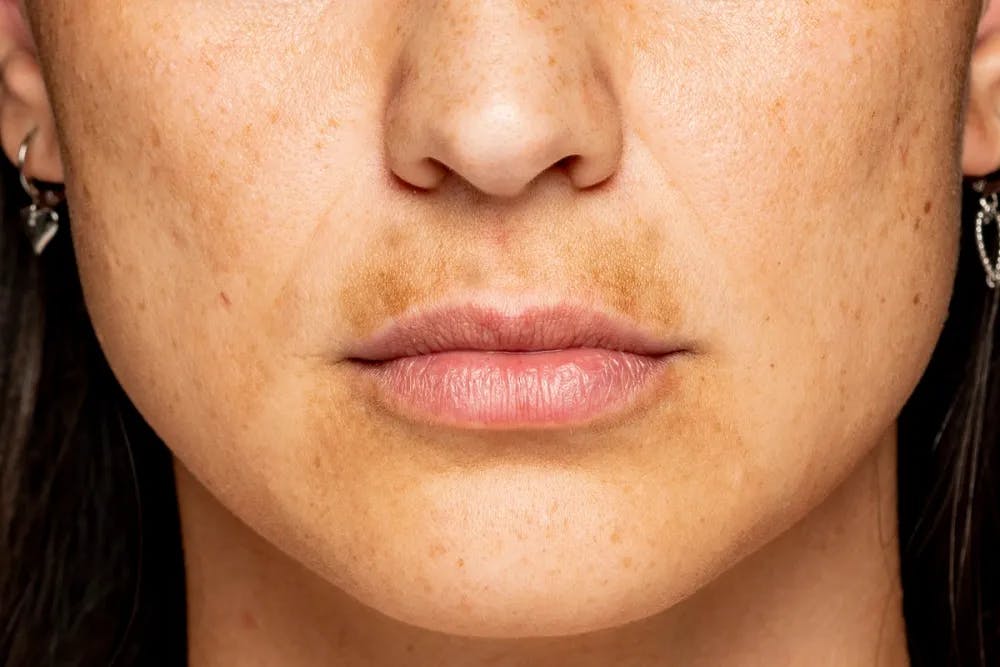Sunscreens From Around the World: Why Are They Different and Which is Best?
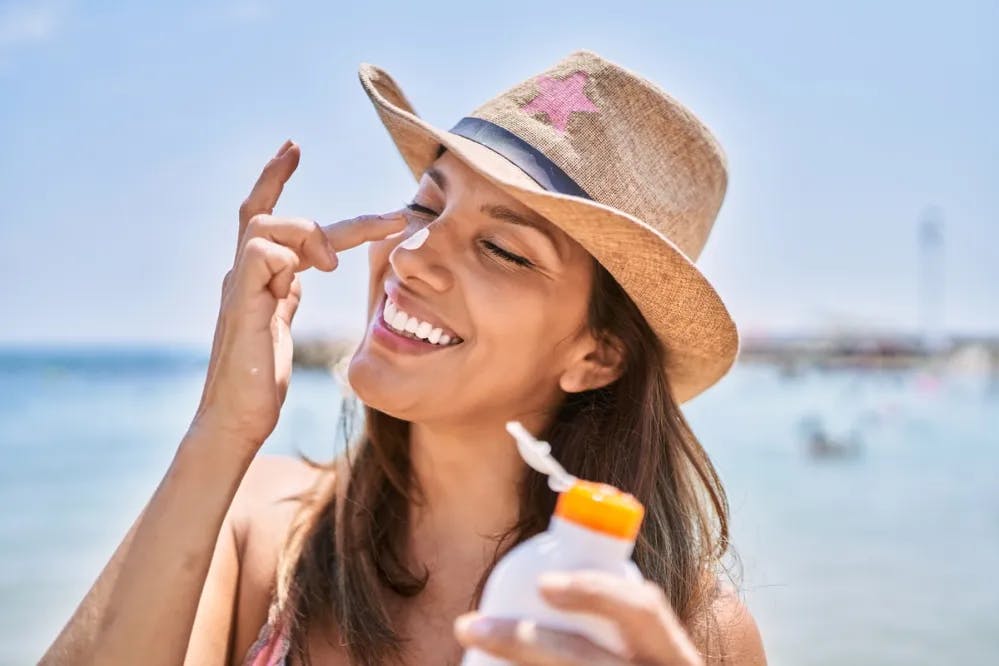
Table of Contents:
- What’s the Difference Between UVB and UVA Protection?
- How is UVA Protection Measured in Sunscreen?
- Protection Standards for UVA Sunscreen by Country
- The Different Types of Sunscreen
- The Best Sunscreens and Why
- Summary
Sunscreens can vary from country to country due to several factors, including regulatory differences, cultural preferences, and market demands. In some cases, their classification is also disparate; for example, some regions consider them over-the-counter drugs and others, cosmetics.
In this article, we will explore why there can be a stark distinction between sunscreens in the U.S. and in other countries, and explain the reasons behind their different rating systems. Plus, we’ll show you some Korean and Japanese sunscreens that combine UV protection with moisturizing and nourishing ingredients for healthier skin.
The Importance of Using Sunscreen
Sunscreen is vital for protecting against harmful UV rays, reducing the risk of developing skin cancers, and preventing skin damage.
UV-induced damage to the skin is the most critical factor in premature skin aging. The reason is that UV radiation penetrates the dermis and triggers the oxidation reaction, affecting proteins, lipids, and DNA components and leading to permanent damage to skin tissues.
In other words, UV radiation accelerates the aging process of the skin, leading to premature aging signs such as wrinkles, fine lines, and sagging skin.
By wearing sunscreen daily, you can help protect your skin from these damaging effects, reducing the risk of sunburn, skin cancer, and premature aging, and helping it look healthier and youthful for longer.1
What’s the Difference Between UVB and UVA Protection?
UVB (Ultraviolet B, 290-320 nm) and UVA (Ultraviolet A, 320-400 nm) are two types of ultraviolet radiation emitted by the sun. Both can be extremely harmful to the skin.
UVB and UVA carry different levels of electronic energy and thus vary in their wavelengths and the extent of their penetration into the skin. While UV-B can only penetrate up to the epidermis, UV-A goes far deeper.2,3
Specifically, UVB targets DNA in keratinocytes and melanocytes and also stimulates the production of oxidizing enzymes to trigger side reactions. It causes DNA mutation leading to melanoma and skin cancer. On the other hand, UV-A can damage both the epidermis and underneath dermal components. Also, UV-A is approximately 10-100 times more abundant in solar light than UV-B depending upon the time of the season!
Because the two have different energy levels and damage your skin cells in different ways, they require different protections.
How is UVA Protection Measured in Sunscreen?
There are two ways of measuring the protection provided by sunscreens. The most common and popular is SPF, although there are other methods like Persistent Pigment Darkening (PPD).
The SPF value is determined ‘in vivo’ (on actual human skin) by measuring the minimal erythemal dosage (MED) for protection against unprotected skin surface. This is how it’s calculated: Scientists use UV lamps to generate UV radiations and direct them at a small area of unprotected skin. As soon as the person feels the minimum amount of UV radiation that causes a skin erythema (discomfort or redness), the results are noted. Then, sunscreen formulation (whose SPF is to be measured) is applied on the skin surface making a uniform coating and is again exposed to UV radiation. Again, researchers measure the minimum dose of UV radiation causing erythema. The ratio of the two measurements (protected to unprotected) gives the SPF value.
PPD is a slightly different scale. The skin is exposed to a UV source to measure the time to darkening of the skin surface, which is compared against a control.
Both SPF and PPD protocols are carried out in a controlled experimental model that exposes in vivo skin to artificial UV sources.4,5
Protection Standards for UVA Sunscreen by Country
Sunscreen regulations vary from country to country. Let’s look at the main differences.
- United States: The most common designation is broad spectrum, which measures the breadth of protection of a sunscreen across the whole UV spectrum (290 to 400 nm). Products need to have at least a 10% protection against a 370 nm wavelength.
- Europe and Australia: Typically, you will see a symbol with the letters UVA inside a circle. The UVA protection value is calculated to be at least ⅓ of its SPF number. So, it needs to have a critical wavelength greater (or equal to) 370 nm.
- Asia: Japan, Korea, and China use a PA+ rating that evaluates PPD in vivo compared with unprotected skin. For example, PA+ will give you 50-75% protection against UVA rays, PA++ 75-88%, PA+++ 88-94% and PA++++ 94% or higher protection.
- United Kingdom: The system uses stars that represent how well the sunscreen protects your skin by comparing UVA protection against UVB protection For example, 3 stars means you get 0.79 protection, 4 stars, 0.89 protection, and 5 stars 0.90 or more protection from UVA rays compared to UVB.
The Different Types of Sunscreen
There are several different types of sunscreen available, each with its own formulation and characteristics. Here are some common types:
- Chemical sunscreens: Chemical sunscreens contain organic compounds (like avobenzone, oxybenzone, octinoxate, and octisalate) that absorb UV radiation and mitigate its impact on the skin by preventing it from penetrating it. They are typically lightweight and easy to spread, and are often transparent on the skin.
- Mineral sunscreens: These sunscreens contain inorganic ingredients, such as zinc oxide and titanium dioxide, that create a physical barrier on the skin that reflects and scatters UV rays. They are known for their thicker consistency and can sometimes leave a white cast on the skin.
- Water-resistant sunscreens: Specifically formulated to maintain their effectiveness even when exposed to water or sweat, these sunscreens are designed to provide extended protection during activities such as swimming or outdoor sports.
- Sunscreen sticks: Sunscreen in the form of a stick, formulated to be conveniently used for reapplication throughout the day, ideally every two hours.
- Spray sunscreens: Spray sunscreens come in aerosol form and are designed for easy application. They provide a convenient way to cover large areas of the body quickly.
- Tinted sunscreens: These sunscreens combine the benefits of sun protection with a sheer tint of color. They can provide light coverage, even out the skin tone, and offer sun protection simultaneously.
The Best Sunscreens and Why
Some of the reasons why many people in the United States have trouble using sunscreen daily include affordability, irritating formulations for sensitive skin, white cast for POC, inelegant finish, and inelegant application. This is why the skincare world has turned to Asian sunscreens (notably Korean and Japanese sunscreens) to get their SPF protection.
Some of the best skincare products come from Asia, so it’s no surprise sun protection has also gone through careful ingredient and formulation approval processes.
While the U.S. regulates sunscreens as over-the-counter drugs (because UV blockers are limited by the FDA), manufacturers from European and Asian countries include green-lit filters that can protect your skin against both UVA and UVB. Not just that, but Japanese and Korean sunscreens also mix in hydrating and antioxidant ingredients and tend to feel lightweight rather than giving you a butter-like feel.
Here are some of our favorite Asian sunscreens and why they can give you quality protection and maintain a smoother and more even skin:
- Skin1004’s Hyalu-CICA Water-Fit Sunscreen - SPF50+ - PA++++:Skin1004 is a Korean brand offering non-nano mineral sunscreens that block UV rays and also brighten your skin without leaving a white cast.
- Bioré’s Aqua Rich Watery Sunscreen - SPF50+ - PA++++:This Japanese sunscreen is a lightweight, water-based sunscreen that provides high UV protection with a refreshing, non-greasy finish.
- SKIN AQUA’s UV Super Moisture Gel - SPF50+ - PA++++:Skin Aqua UV Super Moisture Gel is a hydrating, lightweight gel sunscreen that offers superior UV protection while keeping the skin moisturized and comfortable.
- Naturium’s Dew-Glow Moisturizer SPF50+ - PA++++:Naturium Dew Glow Moisturizer SPF is a multitasking moisturizer with built-in SPF protection. It provides hydration, a dewy glow, and sun protection in one easy step.
- Blue Lizard’s Sensitive Mineral Sunscreen SPF50+: This Australian mineral sunscreen lotion is the Allure Best of Beauty 2022 winner and contains no oxybenzone or octinoxate.
Summary
We’re used to judging our sunscreen based on the SPF number listed on the packaging. However, in the United States, that number only tells you the amount of protection against UVB rays - and not UVA. Unfortunately, UVA rays have longer wavelengths and can penetrate deeper into your skin, reaching the dermis and causing long-term damage.
Because European and Asian countries have been able to safely introduce UV filters that block both UVB and UVA, using the products we’ve recommended above can help you reach adequate protection for your skin. Korean and Japanese sunscreens, in particular, also tend to have a serum-like consistency that feels lighter and includes hydrating and antioxidant ingredients mixed in - making them a perfect choice to keep your skin radiant and healthy.
Do you have a favorite sunscreen? Share your experience at Breakout!
References
- Gilchrest, B. A.; Krutmann, J., Skin Aging. Springer Berlin Heidelberg: 2006.
- Farage, M. A.; Miller, K. W.; Elsner, P.; Maibach, H. I., Structural characteristics of the aging skin: a review. Cutaneous and ocular toxicology 2007, 26 (4), 343-357.
- Farage, M.; Miller, K.; Elsner, P.; Maibach, H., Intrinsic and extrinsic factors in skin ageing: a review. Inter. J. of Cosmet. Sci 2008, 30 (2), 87-95.
- 1. Matts, P.; Alard, V.; Brown, M.; Ferrero, L.; Gers‐Barlag, H.; Issachar, N.; Moyal, D.; Wolber, R., The COLIPA in vitro UVA method: a standard and reproducible measure of sunscreen UVA protection. Int. J. Cosmet. Sci. 2010, 32 (1), 35-46.
- Cole, C., Sunscreen protection in the ultraviolet A region: how to measure the effectiveness. Photodermatology, Photoimmunology & Photomedicine: Review article 2001, 17 (1), 2-10.
